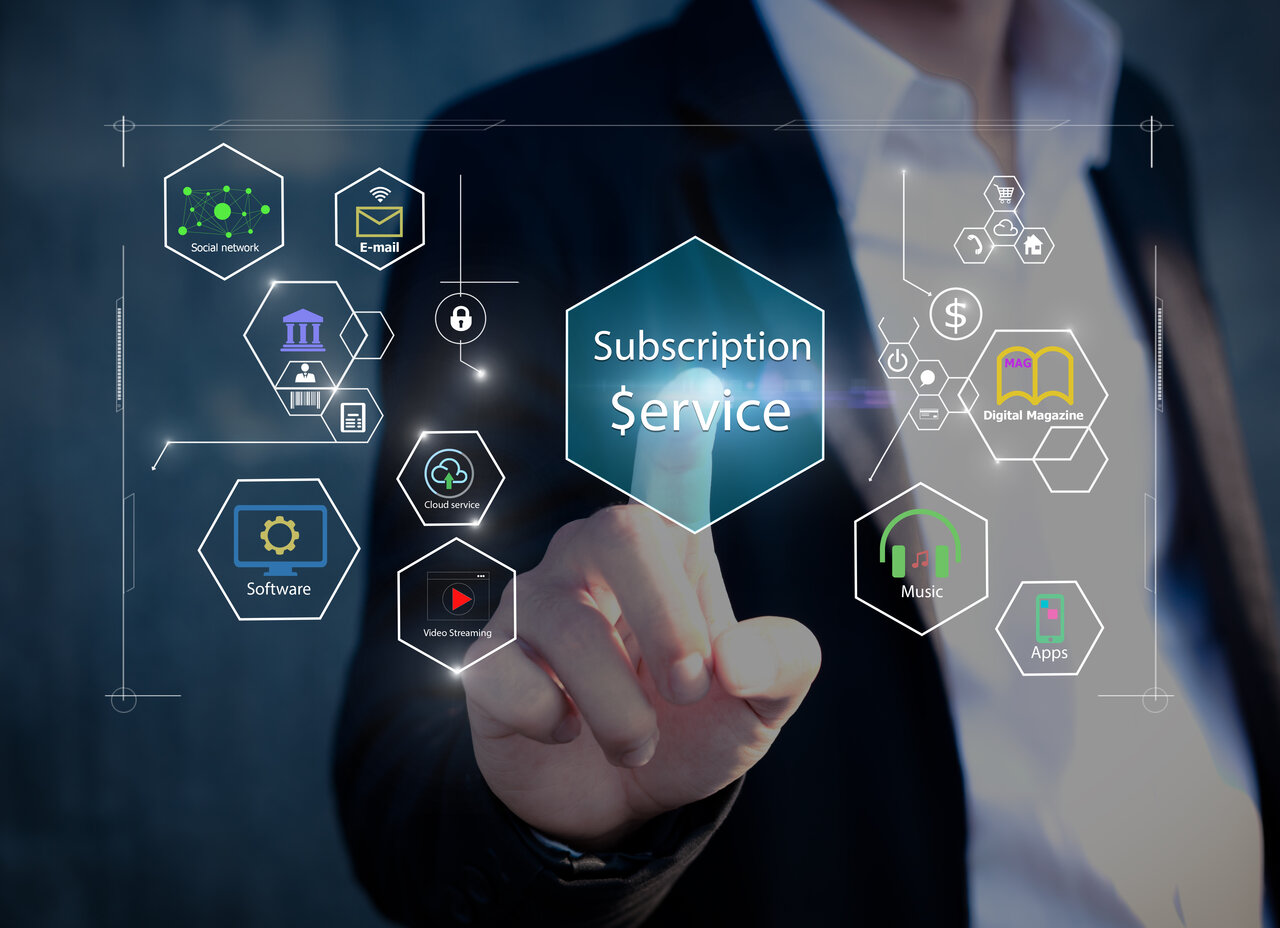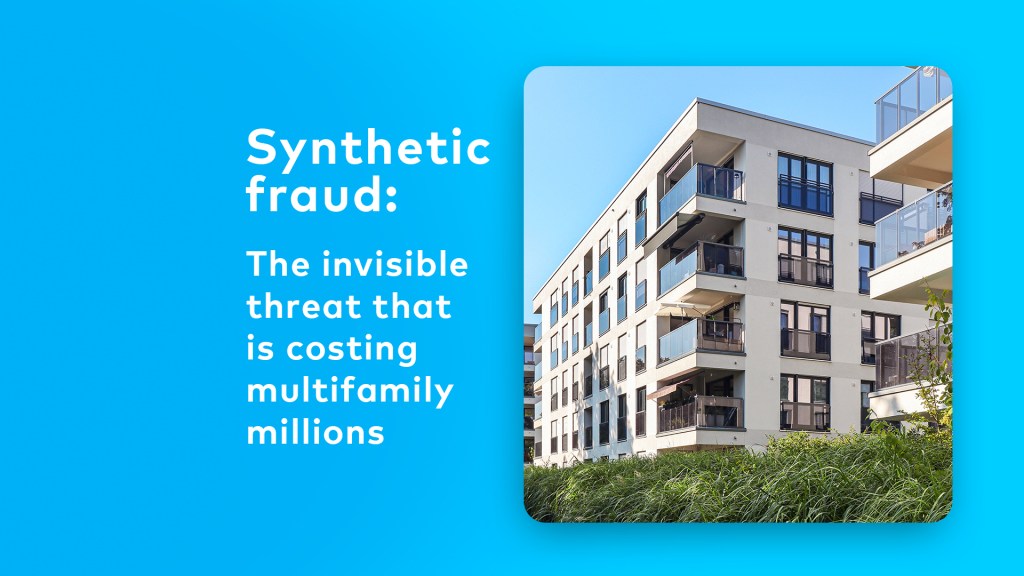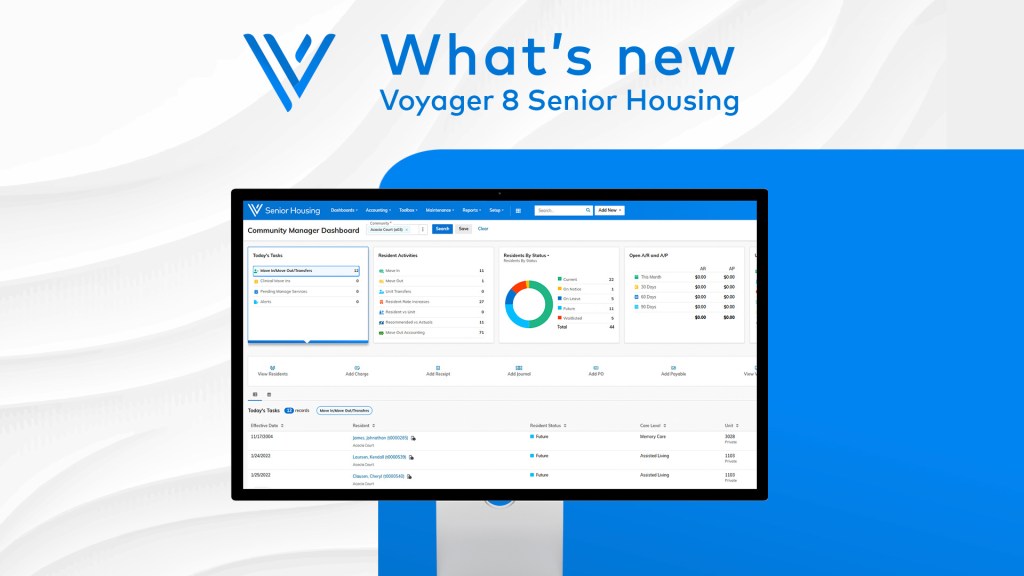By Katrina McDowell on May 18, 2023 in Technology
The subscription economy is here to stay. What does this mean for businesses and consumers? A successful strategy is for companies and consumers to subscribe to services rather than buy products. Let’s explore how subscription services are quickly evolving.

The pandemic accelerated the growth of the subscriber model at a rapid rate. Those businesses that are not implementing this could miss out or lose to their competitors. Once companies or consumers shift to subscriptions, they rarely convert back. It’s a transformational change that is happening throughout the economy. Companies implementing this model correctly can predict revenue and profitability with much more accuracy and targeted focus.
Businesses are upgrading to subscription models to ensure they do not lose out on the benefits of an ongoing consumer experience. In a high visibility example like Microsoft 365, consumers can reap the benefits of the software with a piecemeal monthly or annual fee instead of shelling out thousands of dollars every few years.
Cancellations are the biggest threat to the subscription model. However, embracing cancellations can lead to greater consumer retention and increase business transparency. Moreover, by surveying those who cancel, business leaders can find a depth of data to help shift their approach to renewals and consumer loyalty.
To retain consumers, businesses must create an experience that speaks for itself. Consumers can get a product anywhere but stay loyal for the expertise and community feel a brand provides. While it is essential to plan for new subscribers, it is just as important to focus on retaining current ones. Businesses should focus on how to build long-term, sustainable relationships with consumers focused on what they want with complete transparency.
Utilize tactics that create meaningful connections with subscribers. Surveys, social media engagement, and listening to consumers’ wants can optimize offerings. Businesses can turn a one-time purchase into a recurring one by giving a personalized experience tailored to meet specific needs and interests. For example, HP’s newly purchased printers offer free ink cartridges within the first six months of purchase. After those six months, consumers are subscribed to the ink cartridges, and HP can control a monthly recurring revenue for continued services.
Balancing Convenience and Sustainability
With the rise of concerns around sustainability and the impact of delivery services on the environment, it is essential to consider balancing convenience and environmental responsibility. In today’s fast-paced world, convenience has become a major driving force behind the success of subscription-based businesses. Consumers are no longer looking for a product. Instead, they are looking for a company that cares. In addition, subscription-based companies can encourage their consumers to become more engaged with recycling, emphasizing sustainable activities.
Some companies, such as grocery delivery services, offer deliveries of groceries in reusable containers, eliminating the need for single-use packaging. Another example is eco-friendly subscriptions that deliver environmentally friendly cleaning products regularly, allowing consumers to reduce their use of plastic bottles and support sustainable practices.
The ability to make shifts and adaptations will allow discovering what is next and possible. The future of subscriptions is a broad and evolving topic, so it will be interesting to see how this lucrative business model grows over the coming years.


